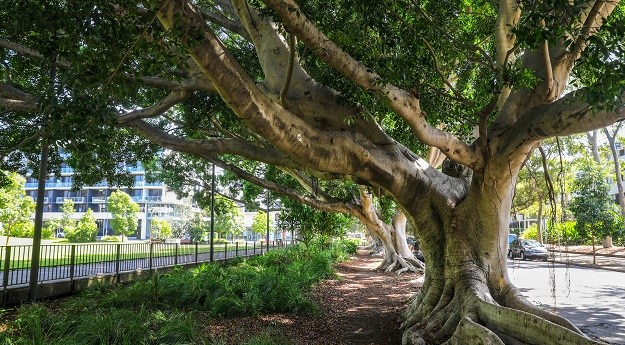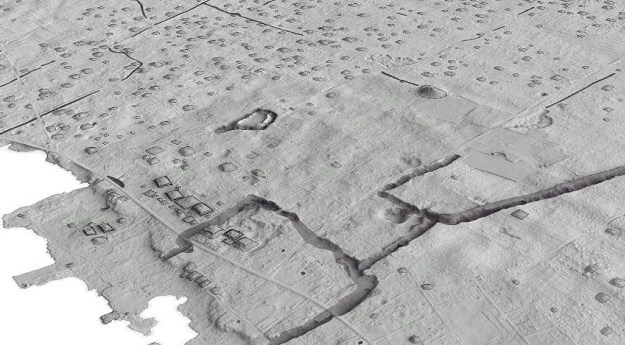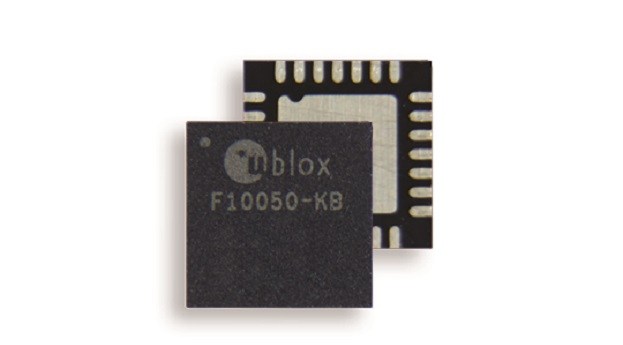
SpaceX’s Falcon Heavy launch vehicle blasts off from Cape Canaveral. Image: SpaceX.
Six satellites in the COSMIC-2 advanced weather forecasting mission have successfully blasted off from Cape Canaveral, with Australia’s Bureau of Metereology to play a key role as the constellation comes online.
Twenty-four experimental satellites in the ‘Space Test 2’ program blasted off from Kennedy Space Center on Tuesday, in a launch described by SpaceX as one of its most difficult ever.
Six of the craft aboard the Falcon Heavy were for the COSMIC-2 (Constellation Observing System for Meteorology, Ionosphere and Climate) Earth observation constellation.
COSMIC-2’s satellites will orbit Earth near the equator, taking measurements of the tropics and subtropics with each of its six satellites containing a high precision GNSS receiver, and sensors for measuring atmospheric temperature, pressure, moisture and density.
Everyone loves a @NASA space launch 🚀and BOM is on board the @SpaceX rocket scheduled to take off 4.30pm AEST today. The #COSMIC2 mission will deliver 6 new satellites, helping us better forecast storms & tropical cyclones watch live from 4pm via https://t.co/dfZ9DQT5vo. pic.twitter.com/62hdSP2Cpf
— Bureau of Meteorology, Australia (@BOM_au) June 25, 2019
The Australian Bureau of Meteorology Chief Data Officer Dr. Anthony Rea said that COSMIC-2 was expected to greatly enhance storm forecasting in Australia, and the BoM would play a key role in the constellation’s deployment.
The Bureau’s technical experts will be working closely with our international partners to ensure the successful deployment of the COSMIC-2 satellites and monitoring them from the Bureau’s ground station in Middle Point, Northern Territory,” he said.
“The Bureau has a large network of ground stations from which we can send and receive signals from satellites. This enables us to make a valuable contribution to international space missions, such as COSMIC-2. In the case of COSMIC-2 we will be sending commands to the satellites as well as downlinking real-time data.”
Thanks to #GOESEast we have a glimpse of what the #FalconHeavy launch, which was carrying the #COSMIC2 mission, looked like from 22,300 miles in space. How cool is that? More imagery: https://t.co/5W12Vm1Y2N pic.twitter.com/2abNosg0DV
— NOAA Satellites (@NOAASatellites) June 25, 2019
COSMIC-2’s satellites will use radio occultation to collect GNSS signals that are ‘bent’ as they travel through Earth’s atmosphere. As a secondary payload, each also carries three instruments to measure electron density and other space weather data in the ionosphere.
All six COSMIC-2 satellites have now deployed. The ST-2 mission also included the Lightsail project, the first spacecraft to be propelled solely by sunlight.
Our sixth and final #COSMIC2 satellite has deployed! 🎥: @SpaceX pic.twitter.com/lcRvCWaC4N
— NOAA Satellites (@NOAASatellites) June 25, 2019
Stay up to date by getting stories like this delivered to your mailbox.
Sign up to receive our free weekly Spatial Source newsletter.













